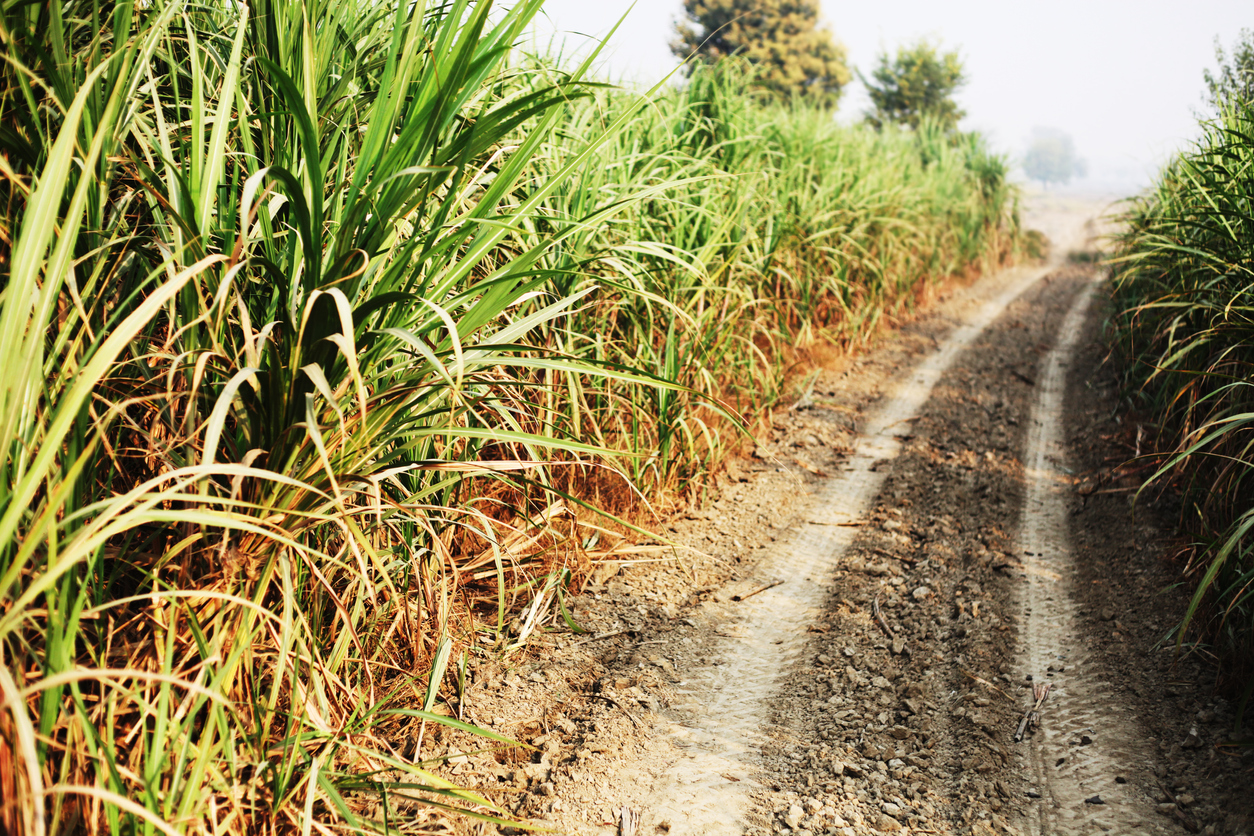
Ethanol blending in petrol is fine, but will it impact food security?

As India races ahead with its plans to increase ethanol blending in petrol by up to 20%, sceptics ask if doing so will have any bearing on the cost of sugar prices the world over, especially India.
Earlier, Prime Minister Narendra Modi used the occasion of World Environment Day (June 5) to set a target date for achieving 20 per cent ethanol-blending with petrol to be advanced by five years to 2025 to reduce air pollution and cut India’s import reliance on the Gulf countries. The shift to 20 percent blended fuel was earlier supposed to happen by 2030, but the Prime Minister shifted the timeline up by 5 years to meet its targets set under the United Nations Climate deal signed in Paris in 2015.
Ethanol is a by-product of the process by which sugarcane is converted into sugar. India happens to be the second highest producer of sugar in the world after Brazil. Of late, the government plans to use non-sugar sources like maize, rice and even wasted foodgrains to produce ethanol. As per government estimates, blending petrol with bio fuel is likely to save $4 billion annually.
Also read: Creative farmer adds value to waste bananas, turns them into dosas & cutlets!
However, increasing ethanol production for reducing India’s oil imports is an idea which has a flip side to it. To blend 20% ethanol in petrol, the country will have to produce about 10 billion litres of ethanol every year with about ₹500 billion more to build additional biorefineries.
India is following the Brazil pattern of sugarcane-to-ethanol production which has been in place for more than 40 years now. By doing so the Modi government aims to reduce India’s oil imports, which is a major dent on the country’s economy, cut down on air pollution (ethanol is considered a clean fuel) and provide extra income to farmers and incentive for sugar mill owners.
The Ministry of Consumer Affairs, Food and Public Distribution declared a few days back that it plans to divert about 60 lakh tons of sugar every year for ethanol blending by 2025. This is equal to all the sugar that is exported from India annually.
While the benefits of such a decision are multiple, diverting more and more sugar to ethanol production could negatively affect market sugar prices, thus impacting food inflation. Two possible outcomes are: Prices could rise significantly or countries may increase sugarcane production area. Since sugarcane is a highly water-intensive crop, increasing land under sugarcane could have adverse impact on groundwater table as well.
Rahil Shaikh, managing director of Meir Commodities India Pvt, a trading company, told Business Standard: “It’s good news for the world if India diverts sugar to produce more ethanol as it will reduce the global surplus. But eventually if there is higher demand, some countries including India will have to expand cane acreage.”
Global sugar prices are already high. Any more price rise would only add to food inflation risks, warn experts.
To increase ethanol production while also meeting consumers’ sugar demand, India will be required to triple its ethanol refinement output to 10 billion litres a year, said Tarun Kapoor, Secretary, Ministry of Petroleum and Natural Gas. This elaborate exercise will require an investment of $7 billion. The bigger challenge though is to set up the required facilities at the scale needed by 2025.
COVID-19 has come as a blessing in disguise for the sugar mills. The government already gives these mill owners an array of financial packages to produce ethanol. After COVID struck, several sugar mills jacked up their ethanol production to produce medical oxygen which was much in demand.


